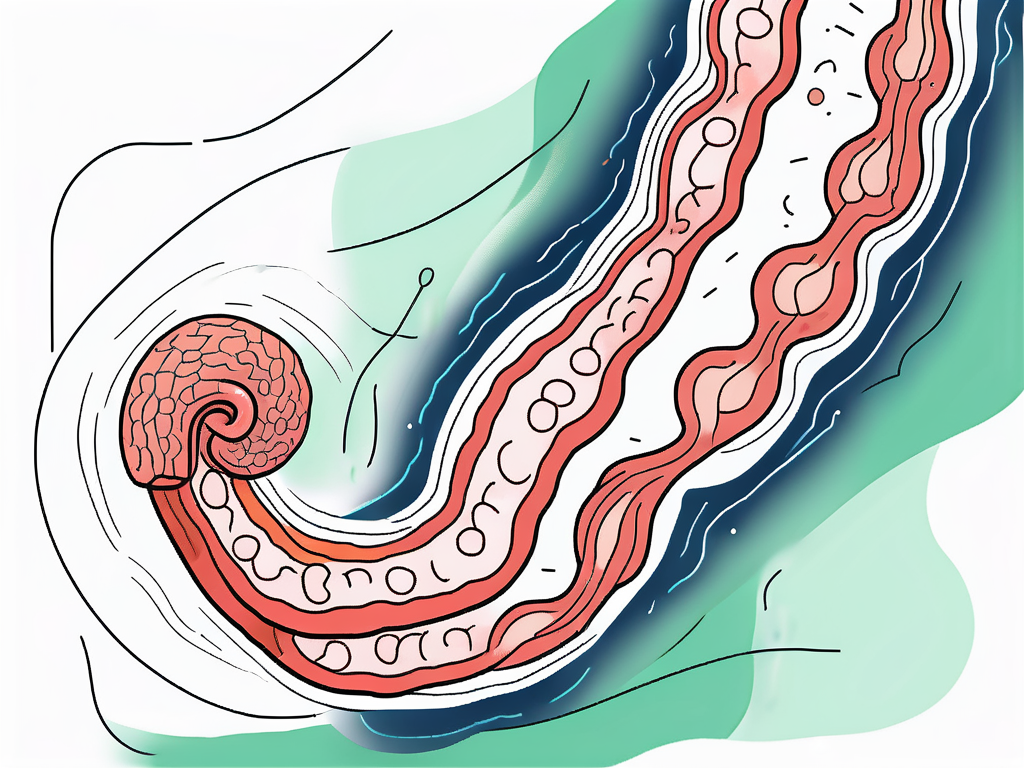Ulcerative colitis is a chronic disease that affects the large intestine, also known as the colon. It is characterized by inflammation and ulcers in the lining of the colon, leading to symptoms such as abdominal pain and diarrhea. This article aims to provide a comprehensive understanding of ulcerative colitis, its causes, symptoms, diagnosis, treatment, and management. If you start searching the options below, you can find the best deals for you.
What is Ulcerative Colitis?
Ulcerative colitis is a type of inflammatory bowel disease (IBD) that primarily affects the colon and rectum. It is a long-term condition that causes inflammation and ulcers in the digestive tract. The disease can affect people of any age, but it is most often diagnosed in people between the ages of 15 and 30.
Ulcerative colitis is a serious condition that can cause severe discomfort and potentially life-threatening complications. However, with proper treatment and management, most people with ulcerative colitis can lead full and rewarding lives.
Causes of Ulcerative Colitis
The exact cause of ulcerative colitis is unknown. However, it is believed to be the result of an abnormal immune response. Instead of fighting off pathogens as it should, the immune system attacks the cells of the colon, causing inflammation and ulcers.
Genetics also seem to play a role in the development of ulcerative colitis, as the condition is more common in people who have a family history of the disease. However, many people with ulcerative colitis have no family history of the disease, suggesting that other factors are also involved.
Symptoms of Ulcerative Colitis
Symptoms of ulcerative colitis can vary greatly from person to person and may come and go over time. Some common symptoms include abdominal pain and cramping, diarrhea, rectal pain and bleeding, an inability to defecate despite urgency, weight loss, fatigue, and fever.
In severe cases, symptoms may also include nausea and vomiting, joint pain and swelling, eye inflammation, skin problems, and anemia. It is important to seek medical attention if you experience any of these symptoms, as they can be indicative of a serious condition.
Diagnosis of Ulcerative Colitis
Diagnosing ulcerative colitis involves a combination of physical examination, medical history, and specific diagnostic tests. These tests may include blood tests, stool tests, colonoscopy, and imaging tests such as a CT scan or MRI.

During a colonoscopy, a long, flexible tube with a camera on the end is inserted into the rectum to examine the colon. This allows the doctor to view the entire colon and take samples of tissue (biopsy) for further examination. A colonoscopy is the most accurate test for diagnosing ulcerative colitis and determining the extent of its severity.
Treatment of Ulcerative Colitis
While there is no cure for ulcerative colitis, treatments can significantly reduce symptoms and even bring about long-term remission. Treatment for ulcerative colitis usually involves either drug therapy or surgery.
Drug therapy includes anti-inflammatory drugs, immune system suppressors, and biologic drugs. These medications aim to reduce inflammation in your colon, which can alleviate symptoms and prevent flare-ups. If drug therapy doesn’t work or if the disease is severe, surgery may be an option. Surgery for ulcerative colitis usually involves removing the entire colon and rectum.
Managing Ulcerative Colitis
Managing ulcerative colitis involves a combination of medication, dietary adjustments, and lifestyle changes. Regular exercise and adequate sleep can help reduce stress and maintain overall health, which can help manage symptoms.
Dietary changes can also help manage symptoms. While no specific diet has been shown to prevent or treat ulcerative colitis, certain types of foods may cause or worsen symptoms in some people. It may be helpful to keep a food diary to identify any foods that trigger symptoms.
Living with ulcerative colitis can be challenging, but with the right treatment and management strategies, most people with the disease can maintain a high quality of life.
















